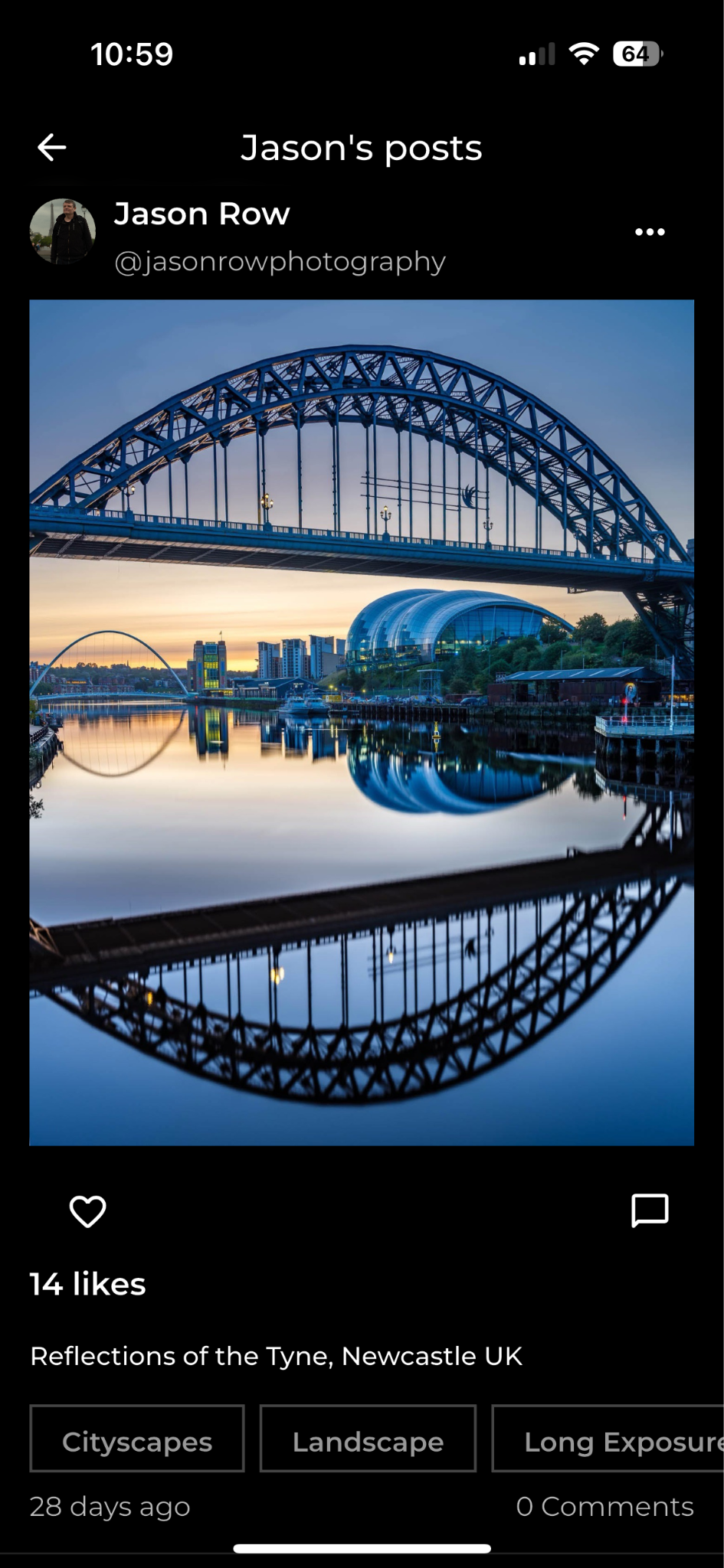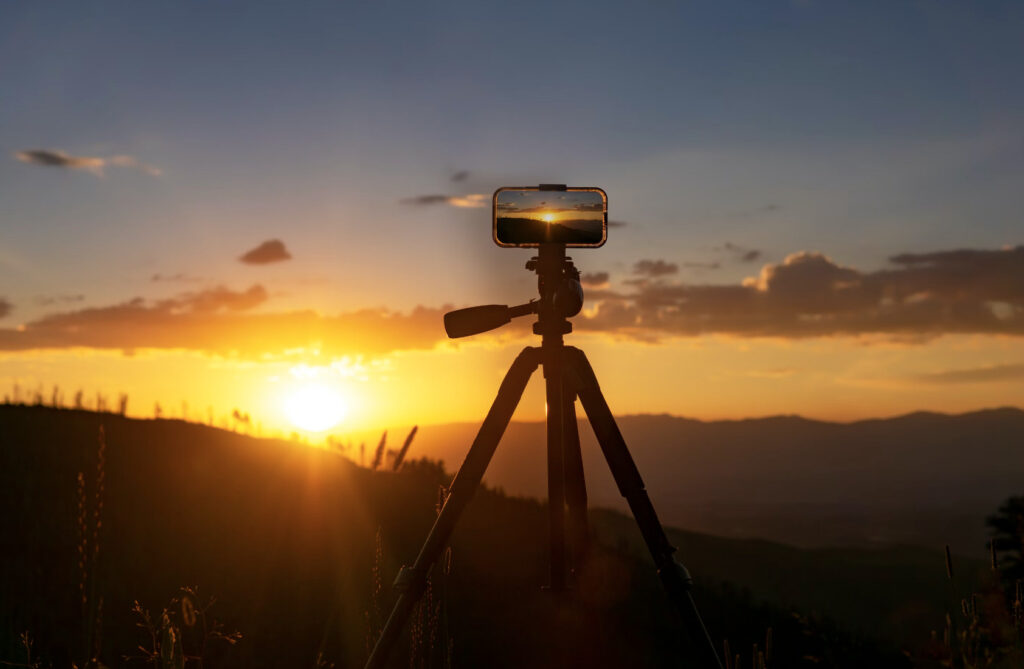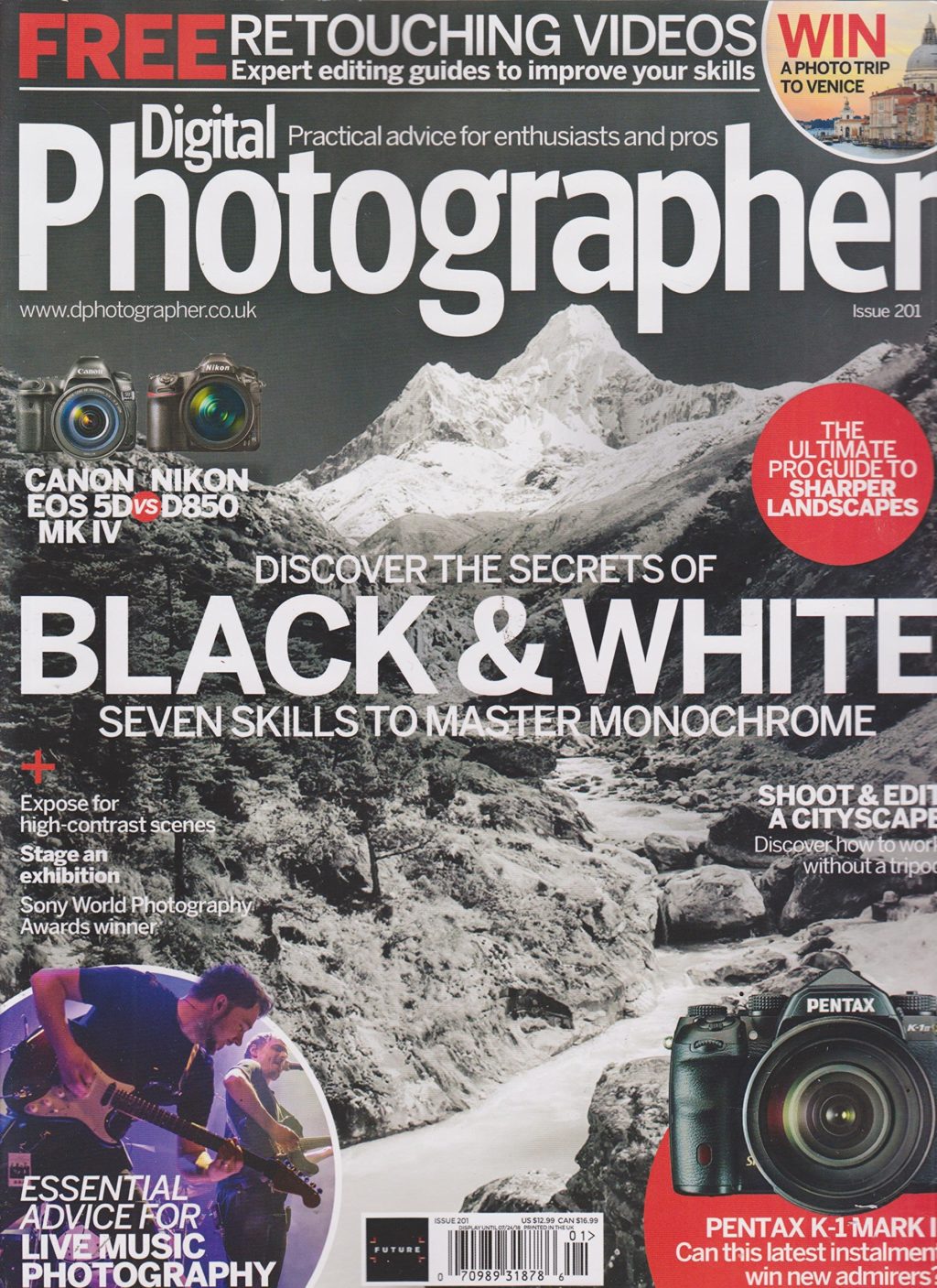Ever been told the RTFM by some photographic keyboard warrior. RTFM for the uninitiated means Read The Flipping Manual (in it’s less vulgar form). Its an obnoxious phrase used by obnoxious people who have probably never RTFM’d themselves.
There is however a very good reason that many of us do not read the manual. Put simply, they are often ridiculously difficult to read. So why is that, and what can we do about it?
Why Are Manuals So Bad?
To be honest, they are not. What they are, are technical manuals as opposed to camera guides. That is to say, they are designed to give you every last detail of every function your camera has. They do this in a purely factual and logical way.
The problem is, that makes them very difficult to read and understand if you are new to that particular camera. While the manual might tell you about a particular function and how to use it, it will probably not tell you why you should use it. Camera manuals provide all the information and very little context.
Manuals also usually lack any personal touch, any engagement with the reader. That’s why we tend to ignore them. So what can we do about this?

Dedicated Guide Books
Virtually every make and model of camera on the market these days will have a dedicated guide book. Generally, these will not have been written by the manufacturer, more likely a seasoned professional with a lot of experience with that camera. Some cameras may have more than one guide.
The advantages of these guides are clear. They are written with the photographer in mind. Instead of simply detailing the functions of the camera, the author will explain how, when and where to use that function. They will do that in a much more conversational tone than the dry, technical manuals.
Many of these guides will also show hidden features and hacks that may well be glossed over by the manufacturers manual. For example how to convert your video from PAL to NTSC and vice-versa.
While many of these guide books are camera model specific, some cover entire ranges of camera. One such example is the Fuji X Series Unlimited by Dan Bailey that we reviewed in 2018. This guide clearly defines each of the different models in the series yet still gives a comprehensive look at each.
Guides such as this are ideal for photographers with two or more different camera models.
Most dedicated camera guides are not prohibitively expensive, ranging from $10-$30 and usually available in a digital format that you can take with you on your phone or tablet.

Dedicated Video Series
If, like me, you prefer your guides to be more motion based, don’t despair. There is an increasing number of photographers/videographers that are making video training videos for specific cameras. These can be an ideal way to learn the ins and outs of your new camera in depth or for a specific function.
Most video guides are broken down into short 5-10 minute individual videos covering specific subsection of the camera. The advantages of video training are that you get a much more visual reference on how to do certain things with your camera. For example, many cameras have a two or three button shortcut to format the memory cards. Reading this in a guide or manual can make it seem like you need three hands to carry out. In a video, you can see exactly how easy it is to carry out this shortcut.
Like with dedicated written guides, video guides will often go into much greater detail about your camera and include hacks and hidden features. They are also extremely useful when trying to learn about specific setups on your new camera. For example a few years ago, I bought a Panasonic G7 purely to shoot 4k Video. Having no idea about the best in-camera setting to shoot 4K I invested in a video guide from DSLR Video Shooter. It was highly comprehensive and gave me great insights into many elements of the camera that I needed to brush up on.
Video guides generally are no more expensive than written guides and can be invaluable for those that prefer to watch rather than read.
Online Blogs And Articles
Not everyone is able to or is willing to pay for a guide. Fortunately, for most cameras, there are plenty of written articles about how to use your camera. If you are looking for specific advice on a particular function of your camera, then a quick Google will often bring up plenty of results.
The main problem with this is that there are often too many pages and it can be time-consuming trying to isolate the most informative ones. However, if you do find a blogger that you enjoy reading, then it’s worth bookmarking them, as they will probably cover other subjects about your camera as well.
YouTube Videos
Like blogs and articles, there is also a plethora of videos on YouTube detailing how to use your camera. Again tracking down the right You-Tuber for you can take some research but when you do find a quality content creator, they are well worth subscribing to.
In Summary
Let’s recap the pros and cons of each option to replace our camera’s manual
Dedicated Guide Book
- Comprehensive, written with the photographer in mind, often contain hidden tips.
- Highly portable, can load to your phone or tablet
- You will need to pay for them
Dedicated Video Series
- Much better suited to those that prefer visual guides.
- Very comprehensive and created in small manageable sections
- You need to pay for the video guides
- Not quite as portable as a written guide (take more space on your device)
Blogs, Articles, and YouTube
- Free
- Can be very useful for highly specific functions
- The sheer amount of information makes it difficult to sort the best options.

Camera manuals are a must-have item when purchasing a camera, but they should not be seen as the end of the learning process. Buying a dedicated written guide or video tutorial series will hasten your understanding of the camera and unlock new concepts in a much more conversational way that a manufacturers manual.
If you really wish to unlock the full potential of your equipment, I would highly recommend getting a third party written guide or video tutorial series.
Further Learning:
If you've got the technology down-pat, then as a next step, you may want to take a look at the DSLR Crash Course. This is a course where you will be taken by the hand and lead step-by-step in discovering photography skills using your DSLR.
In the DSLR Crash Course you will learn:
- How you can get the correct exposure in ANY situation. (this one eludes even the most seasoned photographers)
- A practical in-depth breakdown of ISO, Aperture and Shutter speed. (It's important to master the fundamentals)
- Handling difficult backlighting (backlighting- the thorn in every photographer’s side)
- Discover what metering modes are and how you can effectively use them to create the images you want, every time.
- The Focus, Lock, and Recompose Method (a tried-and-true method for shooting competently and quickly)
- Choosing The “Correct” Auto-focusing Mode (honestly… did you know there could be a correct, or incorrect, mode)
- How to effectively Control Shutter Speed Using Aperture Priority
- A shootout between Wide Angle Lens vs Telephoto Lens. So you'll have the knowledge to confidently pic what to use in each situation.
- Understanding Depth of field, so you can create those highly desirable images with amazing background blur.
- PLUS – An entire section of image case-study breakdowns where you'll be talked through, how to properly meter each scene, what exposure mode would work best, what the correct color balance setting would be, and whether you should be concerned about shutter speed, aperture or both… For each shot.
- And much more…





1 Comment
“They do this in a purely factual and logical way.”
Actually that’s not always the case. I have one camera whose manual is almost indecipherable. For two simple reasons.
One – it is only available online, and the type face is too small – if you try downloading it to make a copy that you can access in the field, when you can’t be bothered continually trying to locate it on the move, on a tablet or similar, then many important characters are either barely legible or indecipherable.
Two – even worse – however ‘factual’ it might be, it is not set out in a logical fashion.
So maybe ditching the manual and looking for dedicated guide book for the camera is the ONLY way to go! Thanks for the suggestion!
(Videos – even on an iPhone or similar – aren’t much help in the field either. Locating the right one, and then taking time out to watch it, the shot has likely long disappeared!)